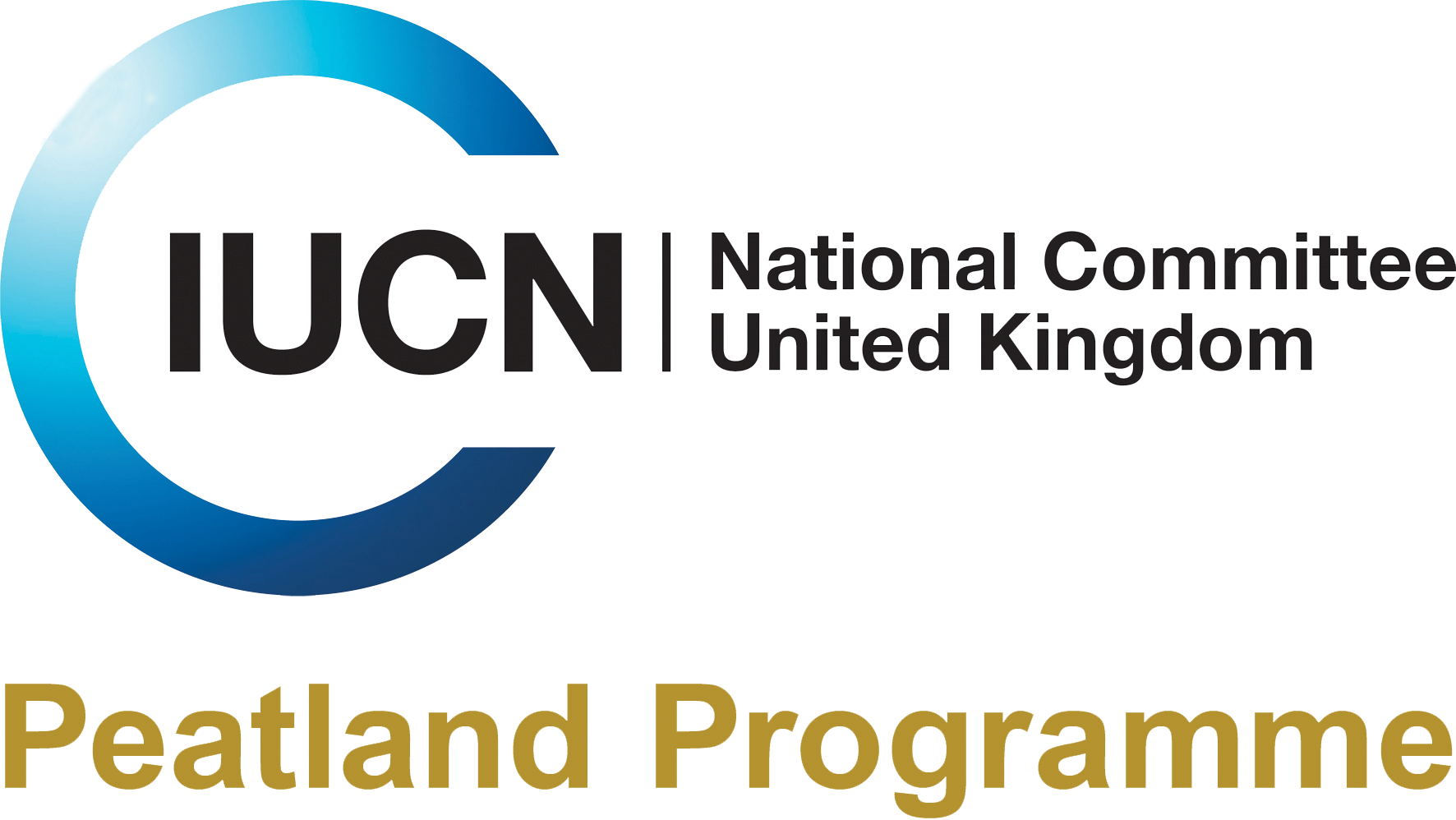Search
Search
Peatland benefits
Peatlands and the climate emergency
2019 has seen all four devolved governments across the UK declare a climate emergency.
Evaluating the socio-economic benefits of peatland restoration
User Guide for practitioners interested in evaluating the socio-economic benefits of peatland restoration.
New report highlights multiple benefits of peatland restoration around the world
A new report published today in Brussels highlights innovative projects from around the globe which are helping restore and conserve our threatened peatlands for the multi-benefits they bring to…
New guidance for wetter farming on peatlands
The IUCN UK Peatland Programme’s latest briefing, ‘Principles for Sustainable Peatland Paludiculture’, sets out to ensure the multiple benefits of peatlands are realised when managing different…
Climate solutions from peatlands to parasites
As world leaders arrive in Glasgow for the UN Climate Change Conference (CpP26), scientific experts have created a virtual tour showcasing research to tackle Scotland’s climate crisis.
Climate change and UK birds – a focus on peatlands
The British Trust for Ornithology (BTO) launch a new report on the impacts of climate change on UK birds timed to coincide with CoP26.
Peatland Pavilion featured at UN Climate Change Conference (COP26)
The Peatland Pavilion provided a hub for highlighting the important role that peatlands play around the globe at the United Nations Framework Convention on Climate Change 26th Conference of the…
About Peatlands
UK Environment Ministers announce Action for peatlands
UK Government Environment Ministers have issues a statement of intent to conserve peatlands in the UK and British Overseas Territories.
Nature for Climate Peatland Grant Scheme
Natural England has launched the first round of Discovery Grants, as part of the Nature for Climate Peatland Grant Scheme. Information about the scheme to restore English peatlands and how to…
